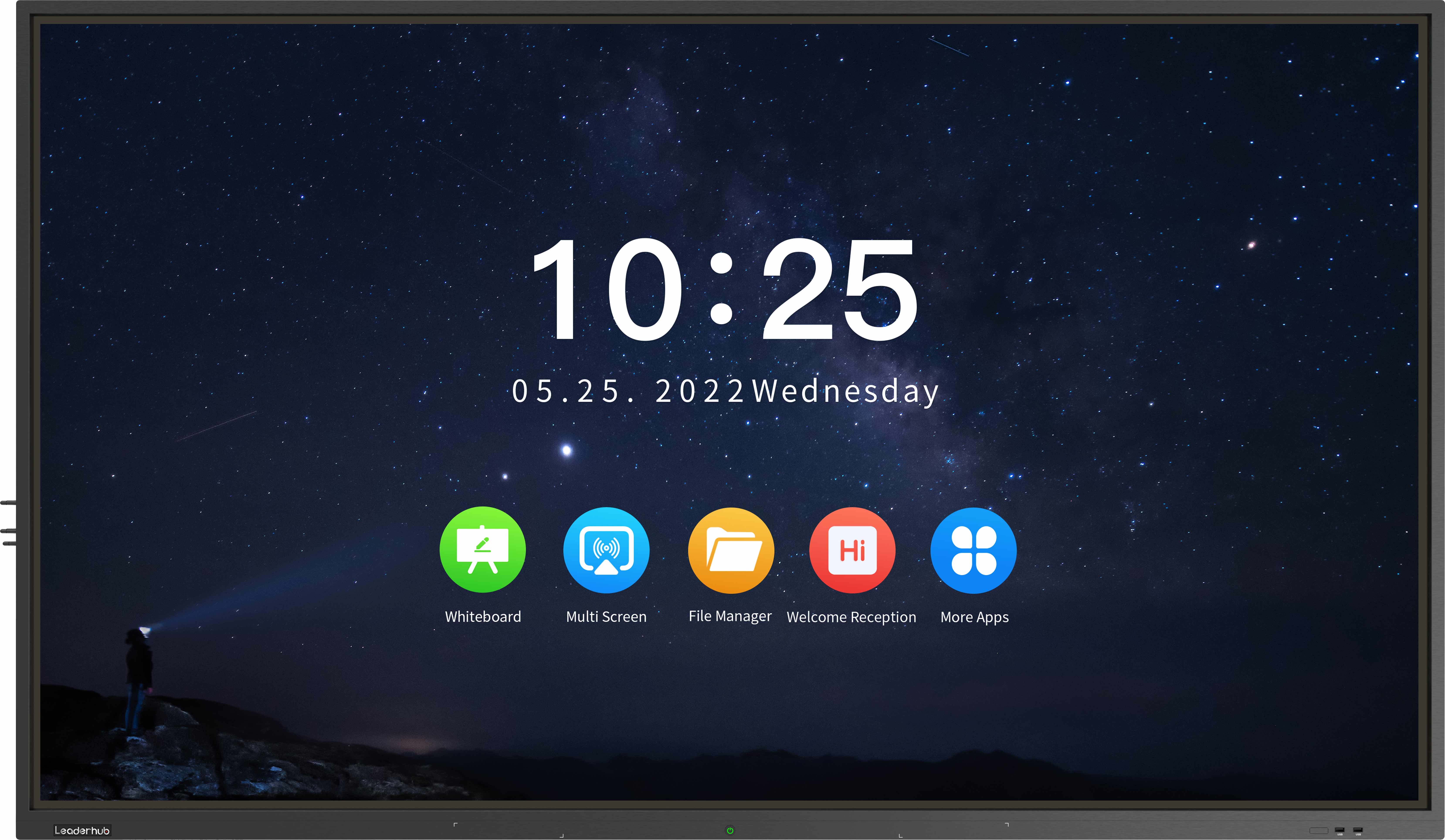Revolutionizing User Experience With Touch Screen Interactive Systems

The emergence of touch screen interactive systems has transformed the way we interact with technology. These systems incorporate touch-sensitive displays that enable users to engage with digital content using their fingertips. This article explores the various applications and benefits of touch screen interactive systems, highlighting their impact on industries and user experiences.
1. Enhancing User Engagement and Interaction
Touch screen interactive systems offer a more intuitive and user-friendly approach to technology. With the ability to directly manipulate the interface, users experience a heightened level of engagement and interaction. Whether it's a smartphone, tablet, or interactive kiosk, the touch screen interface allows for effortless navigation and control of applications.
Furthermore, touch screen interactive systems cater to different learning styles and preferences. Visual learners can easily grasp concepts by interacting with graphical elements, while kinesthetic learners can physically engage with the content. This versatility makes touch screen systems a valuable tool in education, training, and entertainment applications.
2. Revolutionizing Industries and Boosting Productivity
The integration of touch screen interactive systems has revolutionized various industries, enhancing productivity and efficiency. In the retail sector, interactive touch screen displays enable customers to browse through product catalogs, gather information, and make purchases with ease. This not only attracts customers but also empowers them with comprehensive product knowledge.
In the healthcare industry, touch screen systems streamline administrative tasks, such as patient registration and data entry. Doctors can access medical records conveniently, making diagnoses and treatment plans more efficient. Additionally, touch screen interactive systems improve communication between healthcare professionals and patients, facilitating better patient care and engagement.
Touch screen systems also find extensive applications in the hospitality and tourism sectors, providing interactive maps, self-check-in kiosks, and digital concierge services. By empowering guests with information and control, these systems enhance their overall experience, leading to heightened satisfaction and repeat business.
3. Creating Interactive and Immersive Environments
With touch screen interactive systems, users can enter immersive and interactive environments that captivate their senses. This technology paves the way for interactive exhibits in museums, where visitors can explore artifacts, access educational content, and participate in virtual simulations. The entertainment industry also benefits from touch screen systems, offering interactive gaming experiences and virtual reality applications.
Moreover, touch screen systems are transforming public spaces, such as airports and malls, into interactive hubs. Wayfinding kiosks help travelers navigate complex terminals, while interactive directories provide real-time information on stores and services. These systems create a more engaging and personalized experience for users, enhancing their overall journey.
In summary, touch screen interactive systems have revolutionized the digital landscape, enhancing user engagement, productivity, and interactivity across various industries. With their widespread applications and benefits, these systems are set to shape the future of technology, creating more intuitive and immersive experiences for users worldwide.

